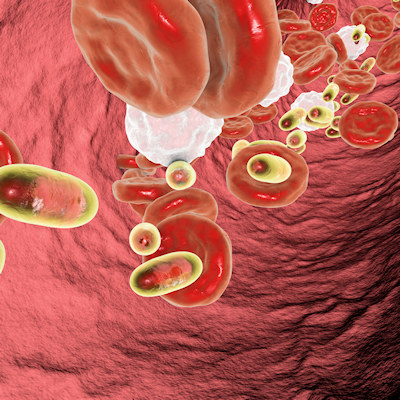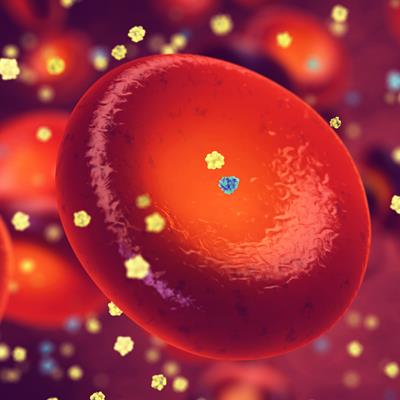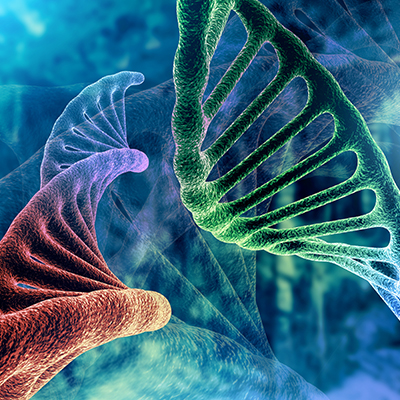July 21, 2022 -- Charged nanoparticles combined with a vaccine are effective in eliminating melanoma tumors or extending the life span of cancerous mice, according to a study by University of Iowa researchers, published on July 20 in Science Advances. The nanoparticle could be mass manufactured, stored at room temperature, and administered by general physicians to treat a variety of cancers, the authors said.
Charged nanoparticles ranging in diameter from 100 to 160 nanometers were injected around melanoma tumors in mice. The nanoparticles act as a "beacon" to attract cytotoxic T lymphocyte cells. In the experiment involving nine mice, five became cancer free and the other four survived more than 100 days, which is three times longer than those given only the vaccine and five times longer than those given nothing at all.
The adenovirus vaccine activates the body's cancer-fighting ability by instructing cytotoxic T lymphocyte cells to fan out and kill cancer cells. The charged nanoparticles create an inflammatory response, and the T cells rush to respond. In other words, the nanoparticles are a critical addition to help the vaccine be effective, according to the researchers. Not only that, but the synthetic agent is more cost-effective, easier to manufacture, more stable, and easier for physicians to learn and use versus a biologically based agent, they added.
Copyright © 2022 scienceboard.net











